5 Ways To Improve Your Typeface Design Skills
One of the reasons that I love typeface design, and graphic design in general, is because it's a skill where you are always improving. In design, there is never a time where you are done, where you have learned and achieved everything in design. Many of the best typeface designers have increasingly gotten better over the years—Gerard Unger for example.
To help improve your typeface design skills, here are 5 different ways that you can get better at what you do!
1. Research and Read
People often view research as something boring and reserved for academics. But research can be so much more. Research, in design, is a great way to see what other people have done, where they have failed and succeeded, and what you can take away from it.
Research in typeface design frequently means looking at old manuscripts, books, and typefaces. It can be fun and exciting. The best part about researching is discovering something that you didn't know existed, or that the world has never seen before. The fruits of your research can lead you to come up with a brand new typeface, or change the way that you currently design.
The one thing we should continue to do as designers is to be inquisitive and continue to learn.
2. Look at other people’s typefaces to get better
Looking at the fonts of other designers, that inspire you, is a great way to learn what they do and how they do it. A great approach when looking at someone else's typeface is to open it up in your font editor. Looking in a font editor will allow you to see point placement and how different characters are composed. Often it will surprise you how other designers produce different shapes, since they may be different than how you would create it.
You can learn even more about how fonts are built by attempting to copy the designs you admire. After analyzing where the points in a typeface are, try and emulate the glyph yourself. This exercise can be particularly helpful with point placement and curves. Learning where someone else puts points can provide insight into how different designers approach similar shapes.
3. Type Marathon
One of my favorite activities, particularly with friends, is a font marathon. A font marathon is when you set aside a specific amount of time, I usually do one day or weekend. And in that time, design an entire typeface.
Designing an entire font in a short time is challenging, but it prevents second-guessing your designs. When there is a limited time, you don't worry about the small details as much as the critical parts. A font blitz forces you to work quickly as well as produce your font in a new way.
If you want to read about a great font marathon, check out this article!
4. Walk away
I know this sounds counterproductive to walk away from designing, but it can be beneficial to set down your project for a little bit. It doesn't matter how long you step back, taking a break can give some much-needed perspective. I find that when I return to the project, I will see issues that I hadn't before. Having fresh eyes when you look at something shows you all your mistakes.
If I can, I always try and take a break and return later. Often I will work on another typeface so I am still working but can get a fresh perspective when I come back to my project.
5. Practice Practice Practice
I know this sounds obvious, but practicing is vital to getting better. Whether it means creating more typefaces, or just one of the letters that you never finish. Every time you design, you are learning a bit more about typeface design. So it is helpful to always be creating something.
Particularly when you are starting to do typeface design is can be challenging to learn new software and how to create typefaces. But the beginning is the most critical time to practice. In the first few months, and year, of designing typefaces, the learning curve is going to be steep, but this is where you are going to get better by leaps and bounds. So push through and practice, practice, practice.


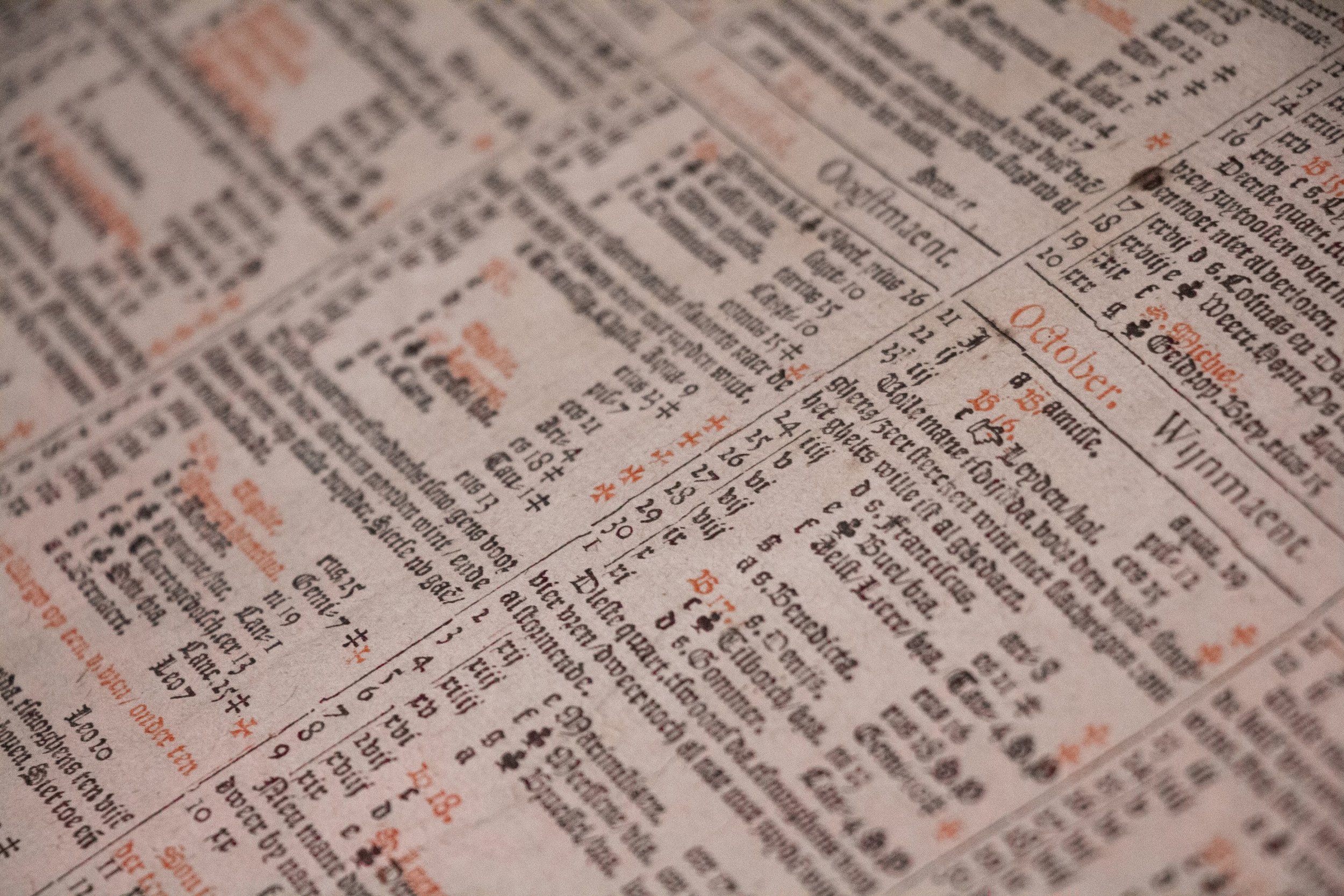

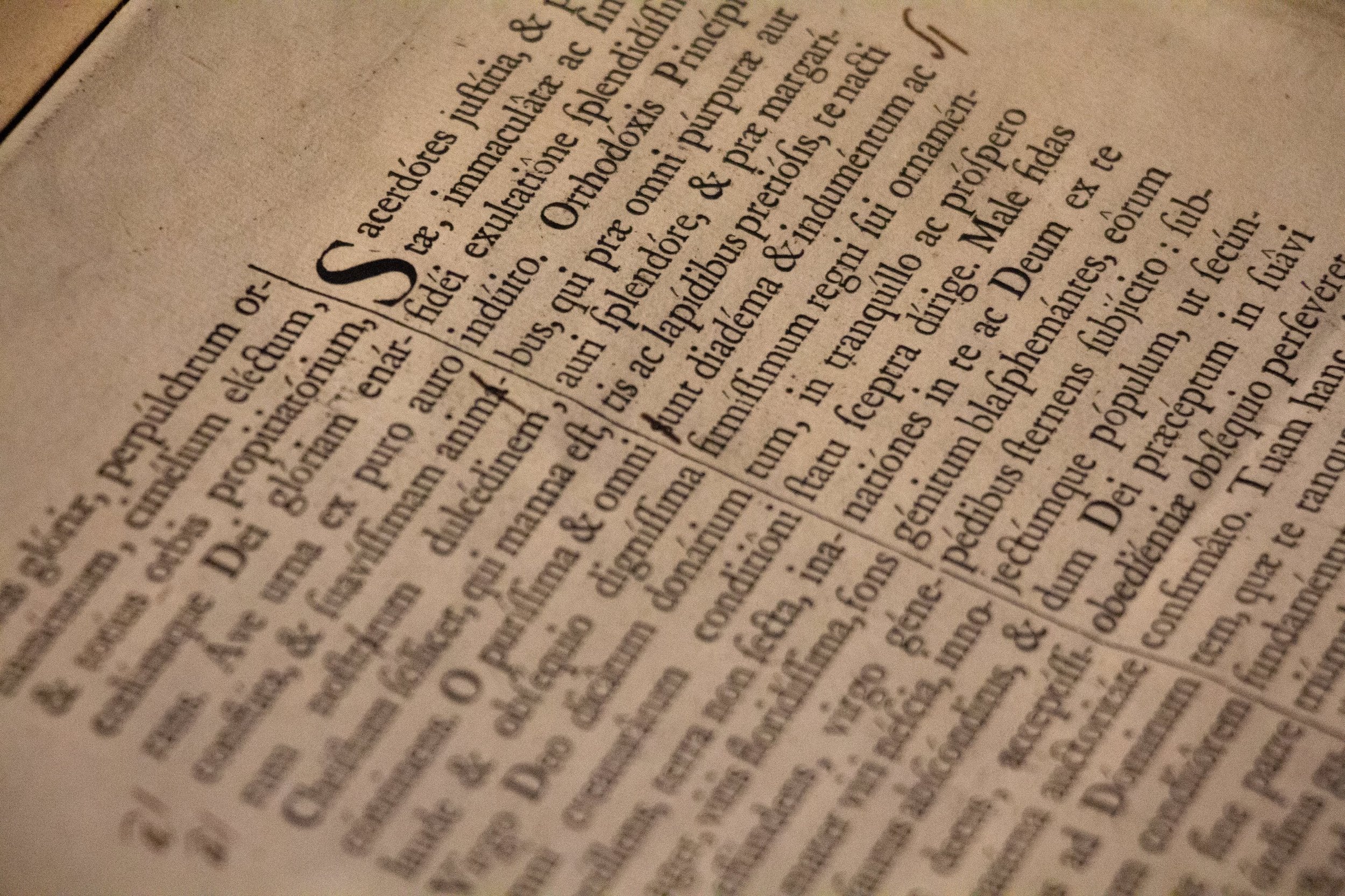
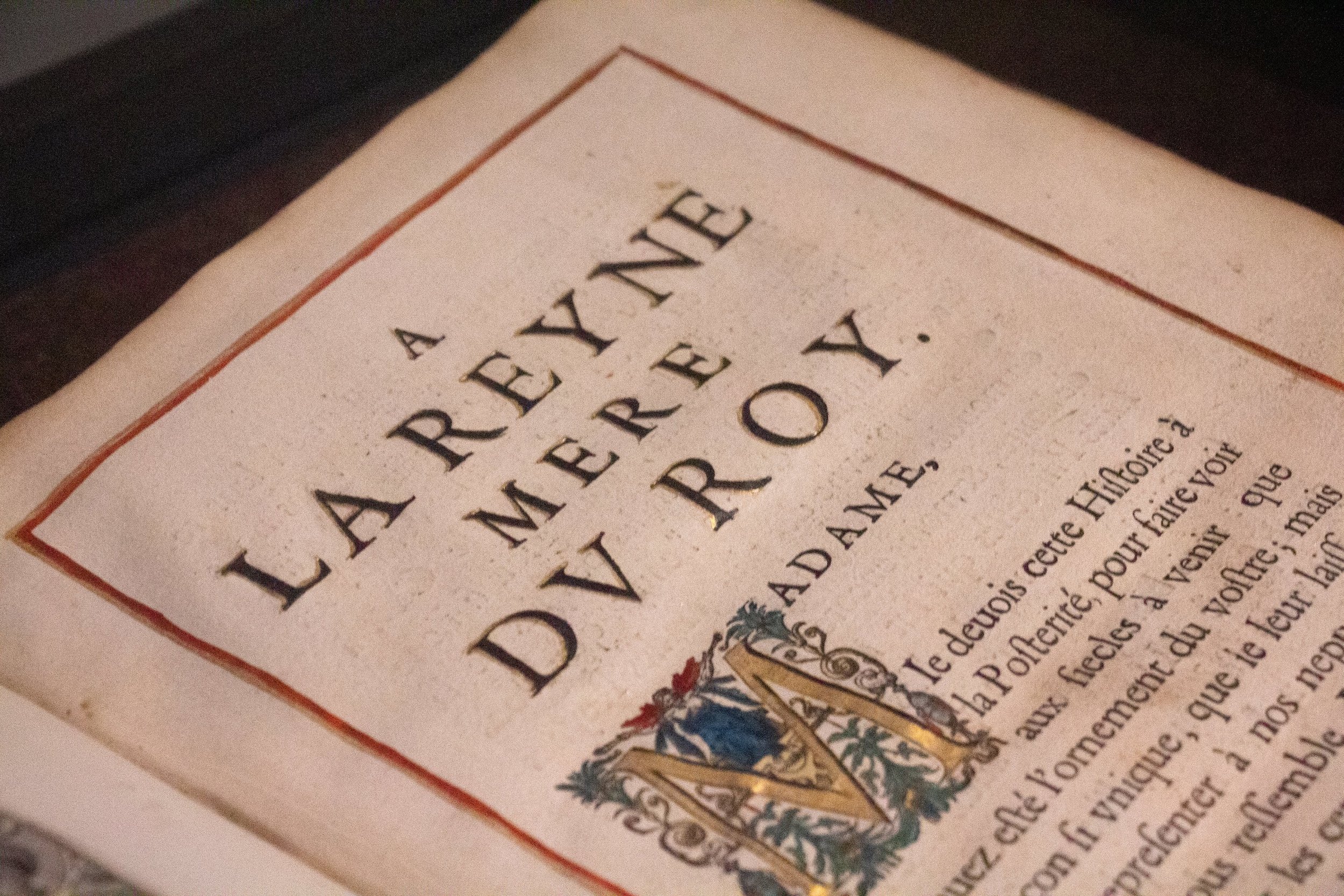

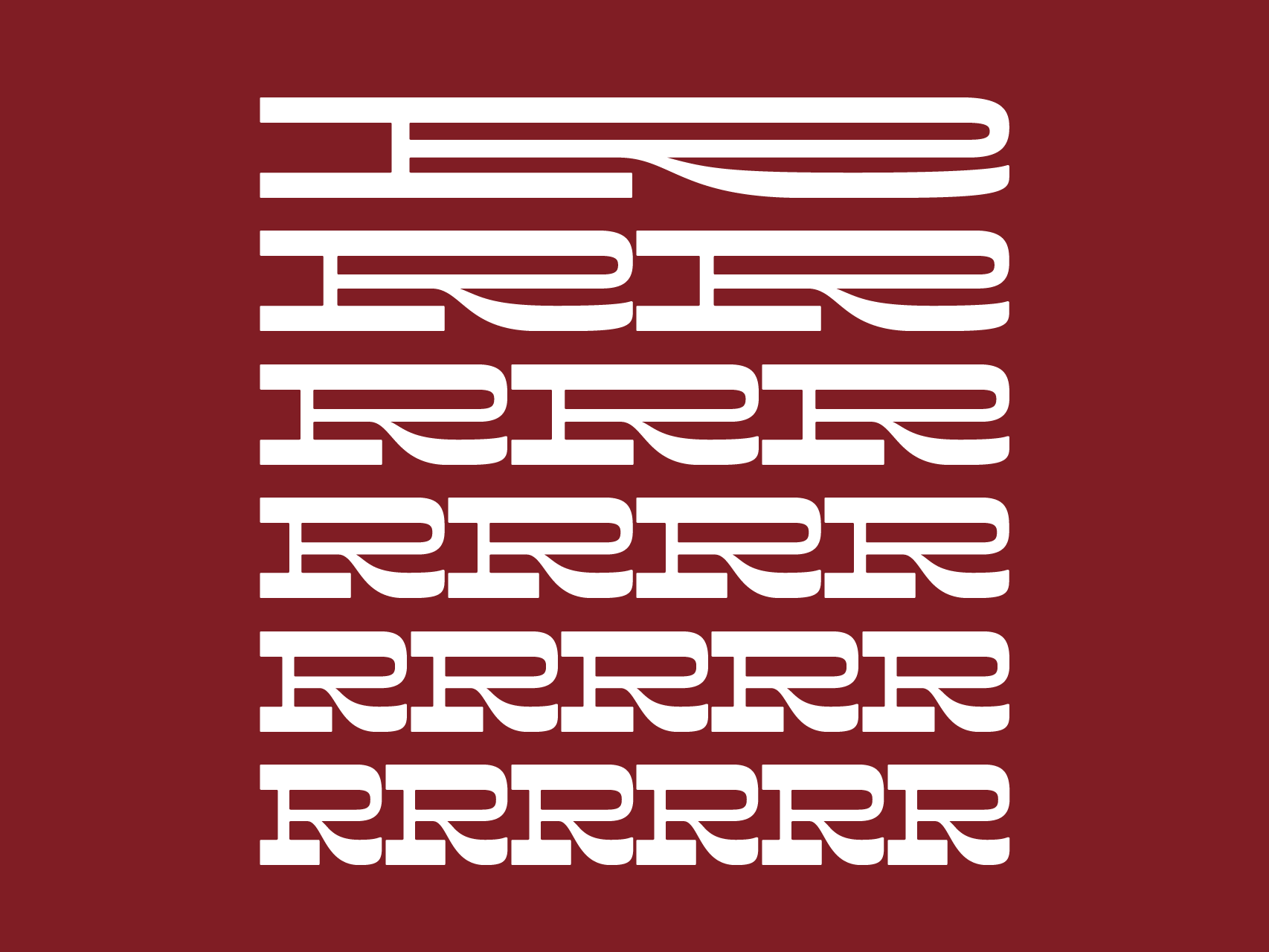
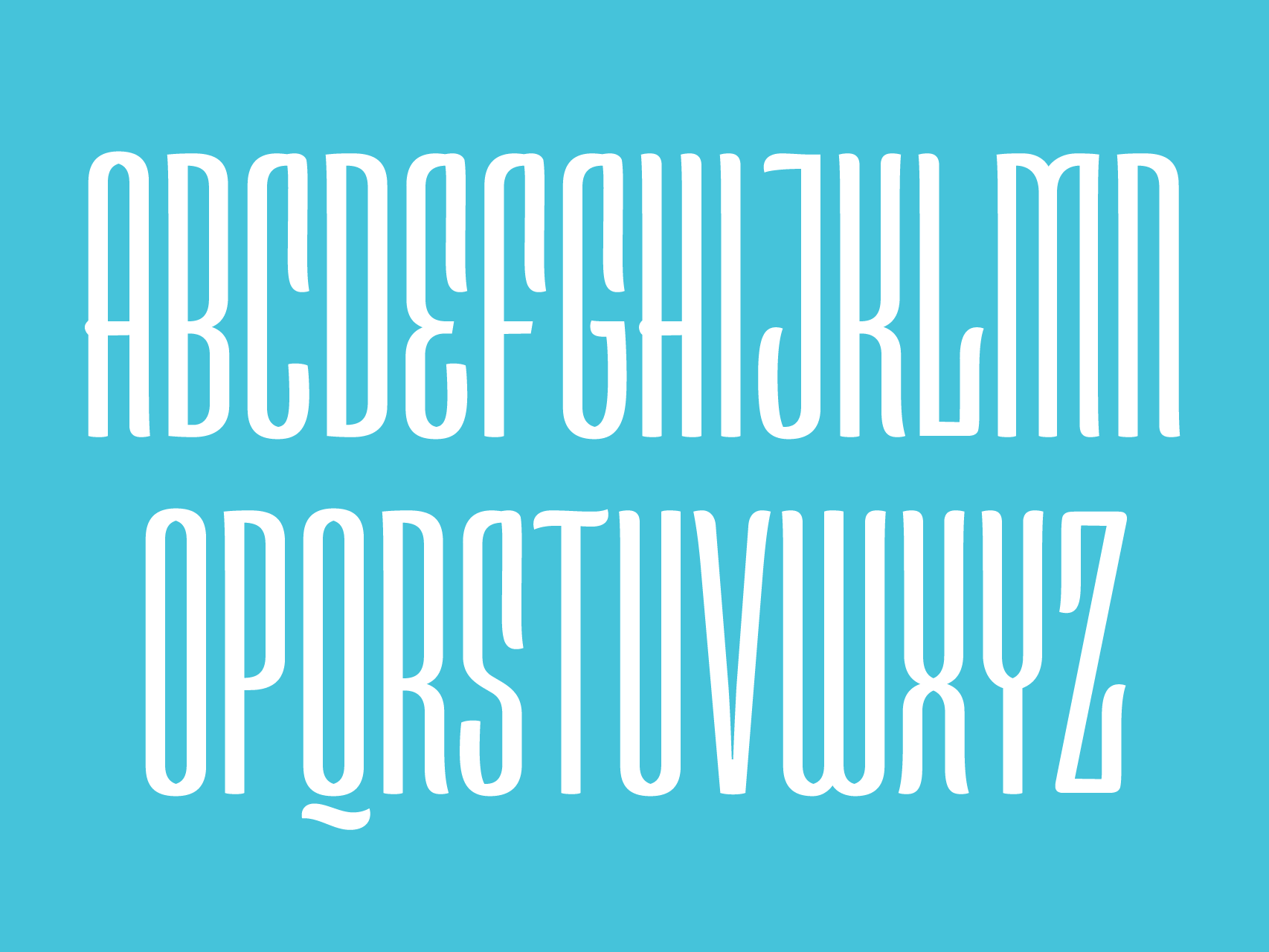


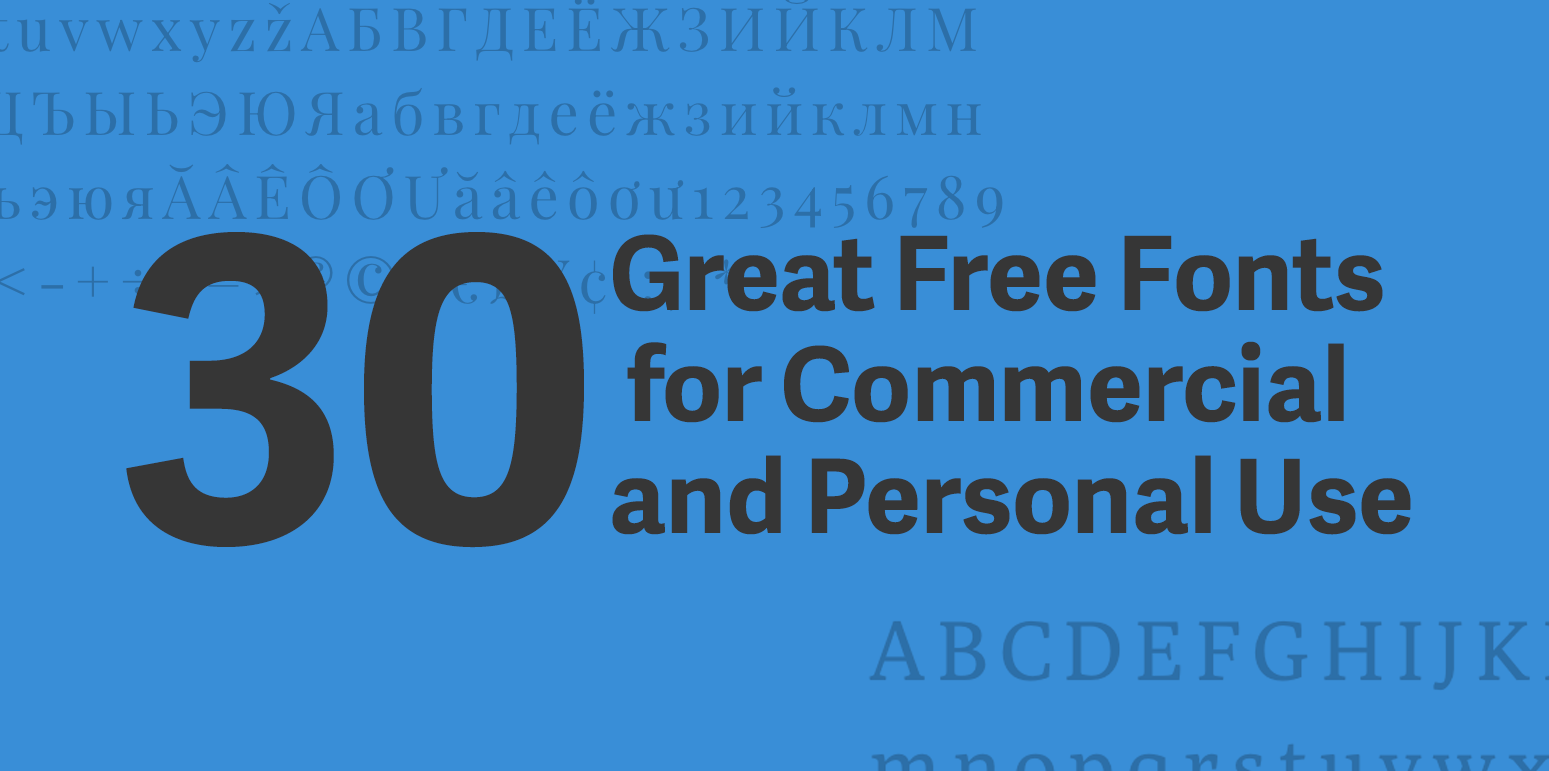
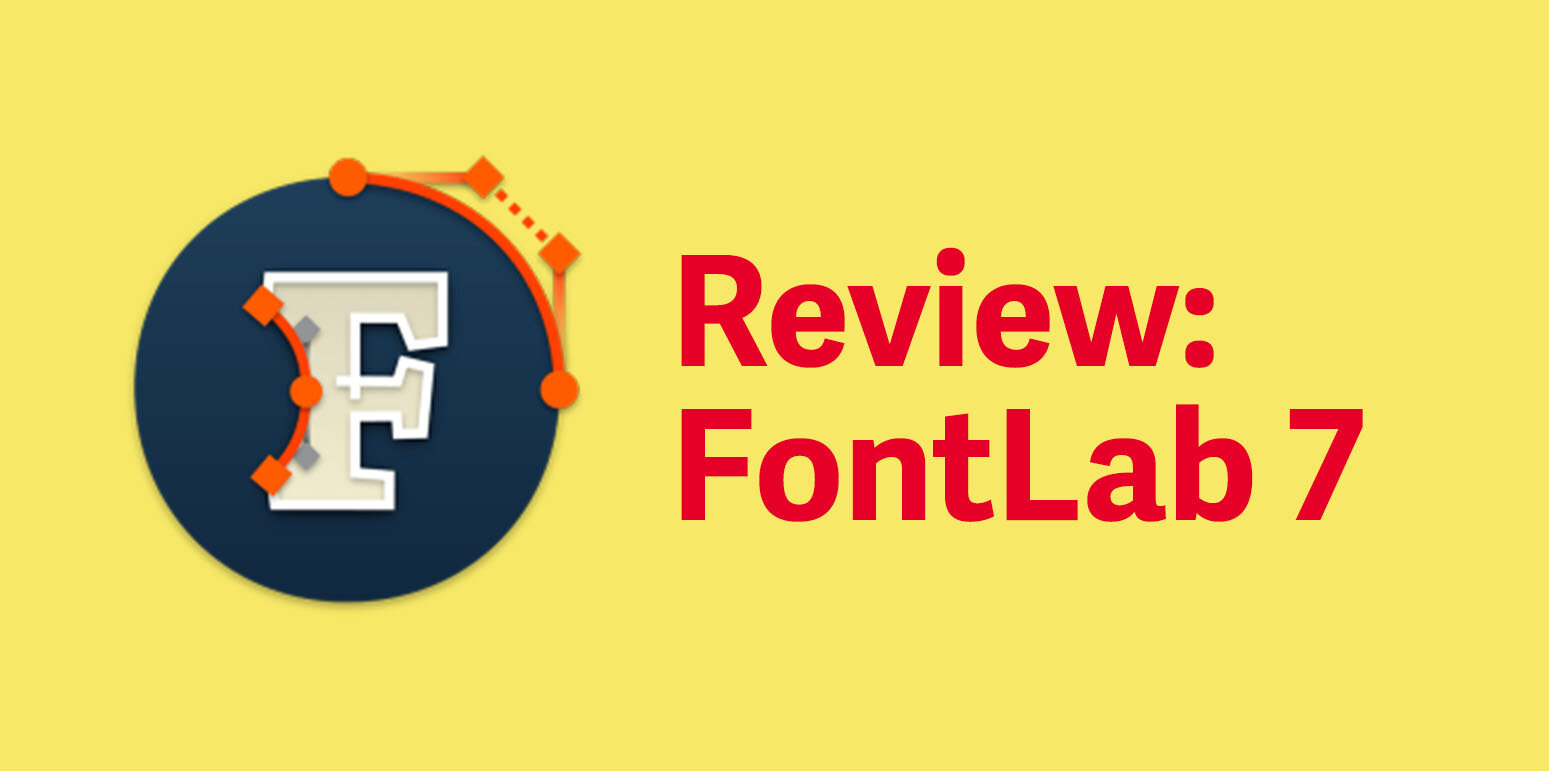





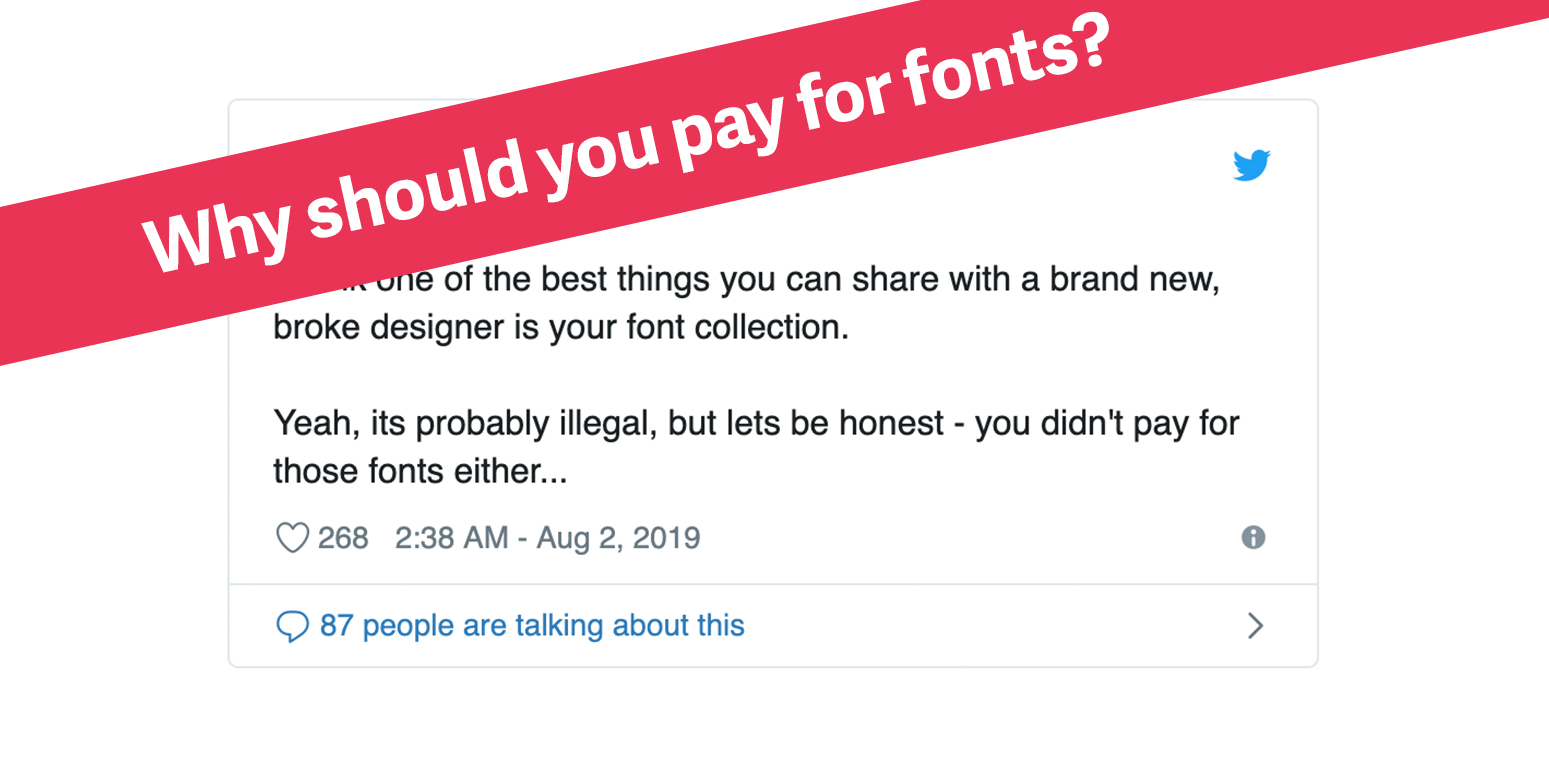
The typographer John Hudson puts it best variable fonts are “a single font file that behaves like multiple fonts”